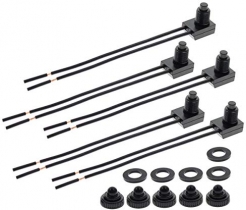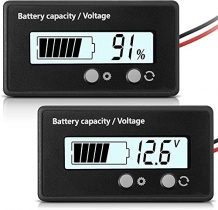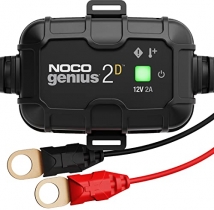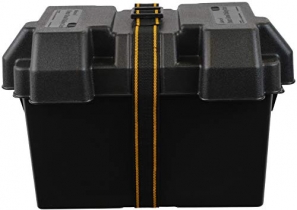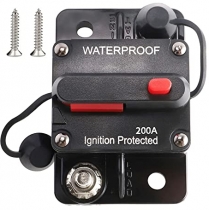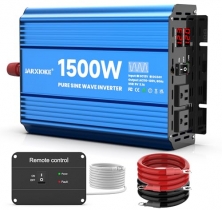-
Welcome to Tundras.com!
You are currently viewing as a guest! To get full-access, you need to register for a FREE account.
As a registered member, you’ll be able to:- Participate in all Tundra discussion topics
- Transfer over your build thread from a different forum to this one
- Communicate privately with other Tundra owners from around the world
- Post your own photos in our Members Gallery
- Access all special features of the site
05 Tundra advice ....Head gasket
Discussion in '1st Gen Tundras (2000-2006)' started by Barryo', Feb 26, 2019.


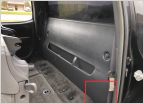 1st Gen factory amplifier locations (JBL, non-JBL, all cabs)
1st Gen factory amplifier locations (JBL, non-JBL, all cabs)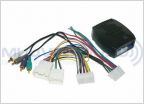 Factory JBL amp to aftermarket headunit
Factory JBL amp to aftermarket headunit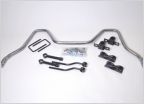 New member from WI with 2005 DC 4x4.
New member from WI with 2005 DC 4x4. Inexpensive bed storage
Inexpensive bed storage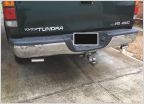 Auxiliary Backup Lights
Auxiliary Backup Lights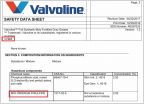 04 2WD slip yoke question
04 2WD slip yoke question

































